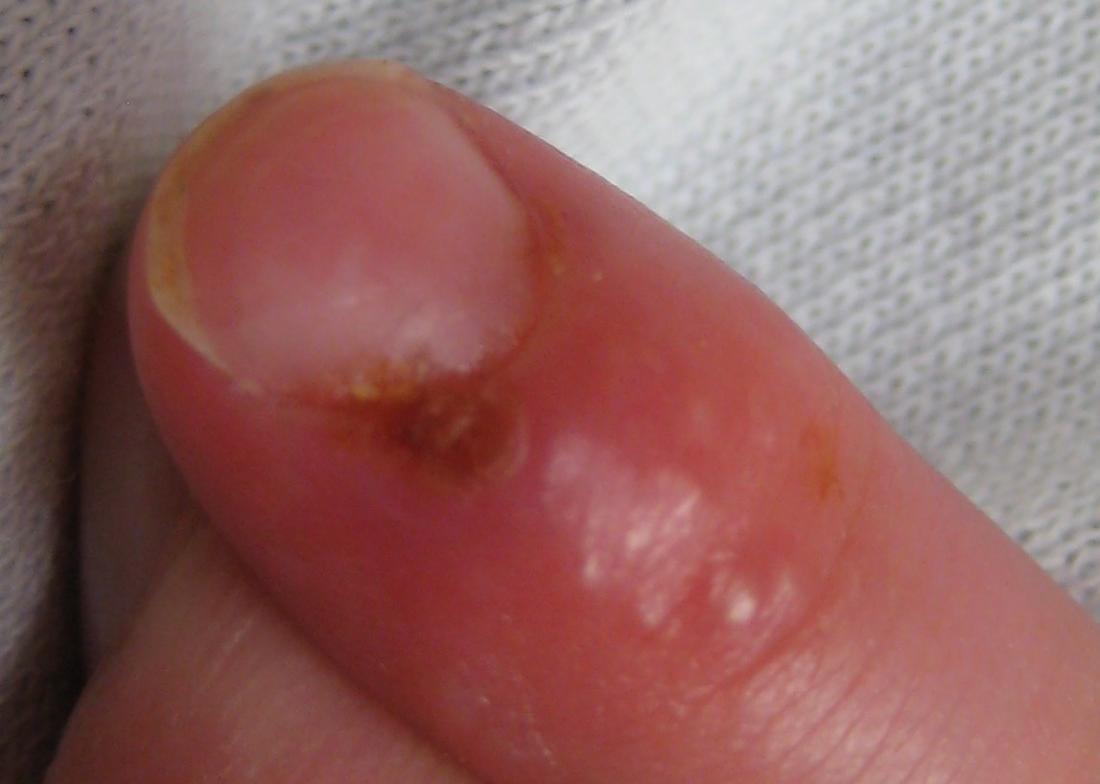Herpes Risk at Nail Salons
Can you get herpes from a nail salon. A Portland woman is suing a local nail salon for $1.75 million, alleging she contracted herpes from an acrylic manicure, according to The Oregonian/Oregon Live. This case, along with a similar $3.1 million verdict in Colorado, raises concerns about the potential transmission of herpes simplex virus through unsterile manicure tools and practices.
Legal Cases Involving Nail Salons and Herpes


Health Implications of Herpetic Whitlow


Sanitization Practices in Nail Salons


